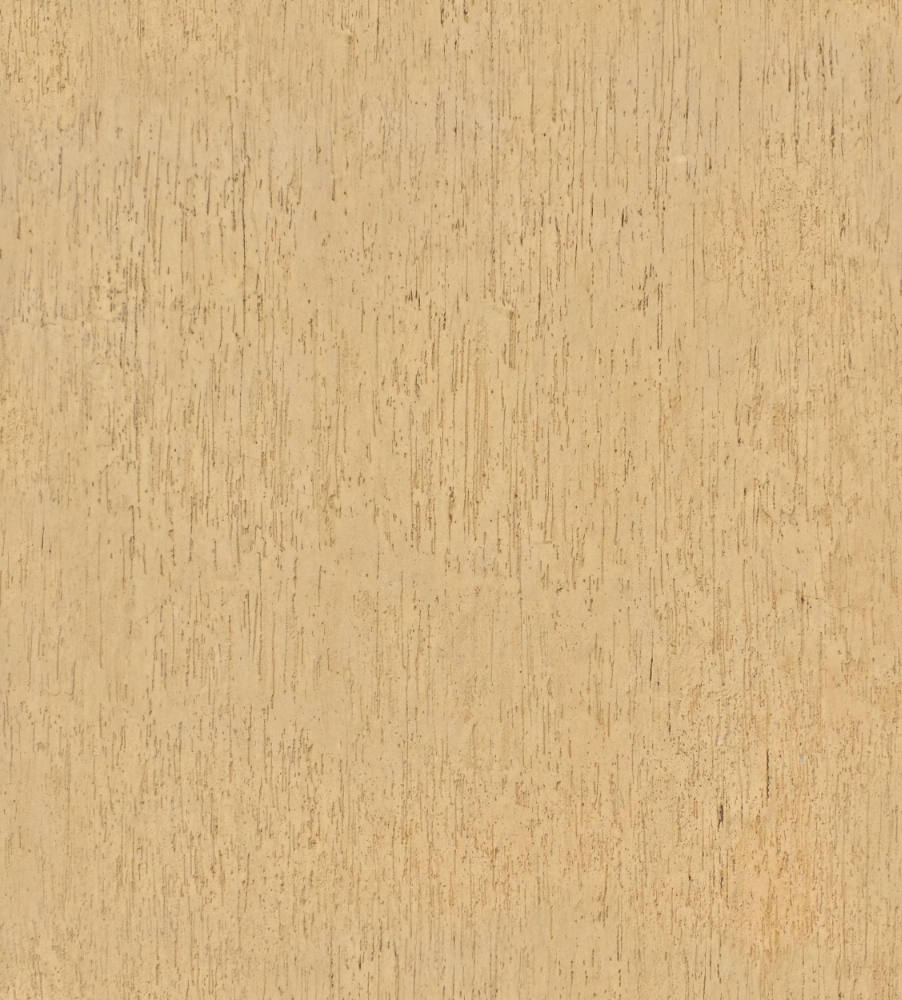Drag Textured Plaster
Category
Finishes
Download
Edit
Dating back millennia to Indian temples, Egyptian tombs and extensive use in Roman architecture, plaster is a protective coating applied to walls and ceilings to protect the surfaces from damage, add a decorative coating to a feature wall, or provide a smooth finish to an otherwise rough structure such as concrete blockwork, stock bricks or timber sheeting. Lime plaster is an ancient material, but modern innovations allow it to set quicker, harder and possesses more durable characteristics than traditional variants.
This dragfaced plaster texture is achieved by intensively etching long, fine vertical lines at random while the plaster is curing, usually with a chisel, pick or other thin, straight-edged tool, creating a fine, tight grain to simulate dragfaced masonry. The lime based cement plaster can be used to cost effectively replicate the appearance of thick masonry walls; smooth over rough textured walls such as blockwork and stock brick; or in conjunction over timber, brickwork or panel infills for continuity on restoration projects where stonework has been damaged or removed, as a cost efficient alternative to specifying full blocks of masonry. Plaster also has the ability to be utilised on ceilings, or curved and angled walls such as domed and vaulted ceilings, where traditional masonry would be expensive or, in other circumstances, impossible to specify for such complex forms.
The lime based nature allows it to be utilised internally as a decorative finish, or in some external cases as a durable, weather resistant protective coating for masonry and panelling in exposed, rough climatic conditions. While render and plaster coatings are both usually similar in terms of constituent ingredients and properties, render is the term given when it it is applied externally, while plaster normally denotes indoor use. Lime plaster is a mixture of plaster powder, sand, water and lime – commonly crushed limestone or chalk – improving adhesion and weather resistance. This particular material is a strong, consistent sandy yellow-blonde colour, most likely pigmented before application by the use of fine, coloured aggregate or sand, although can also be achieved with certain adhesive paint or dyes, or painted after installation. Lime based plasters don’t normally contain aggregates, making it much easier to remove blemishes without the need to completely re-plaster the whole wall. Modern lime platers are durable and resilient, being easy to wipe clean, or have scrapes and marks removed by sanding or light cleaning, due to advancements in plaster mixes and technology. This allows for quick and easy fixes, where a damaged portion can easily be re-plastered and blended in to the existing wall, while being as flexible and easy to apply as most paints. Lime plasters are also breathable and nontoxic, making them environmentally sustainable and moisture and mould resistant as they allows moisture to escape from the substrate without building up. The use of plaster is becoming considerably more common now thanks to contemporary technology; lime plasters are much easier to apply and more durable than traditional variants.
Typically applied to walls and ceilings internally, lime plaster is an excellent natural material pairing for offsetting other natural materials such as stone, timber and metals and is often sought after for being a cost-effective way of creating bright, light, airy domestic and public spaces due to the dynamic, visually stimulating changes of colour between warm light and reflections, creating a light, tranquil feel.
A seamless finishes texture with a drag textured plaster surface. Seamless textures can be tiled repeatedly across a surface without visible seams making them useful for architectural drawings and 3D models. This image can be used as a SketchUp texture, Revit material or imported into Photoshop for use in 2D illustrations. A high resolution version of this texture is available, as well as CAD hatches and PBR maps with Architextures Pro.

